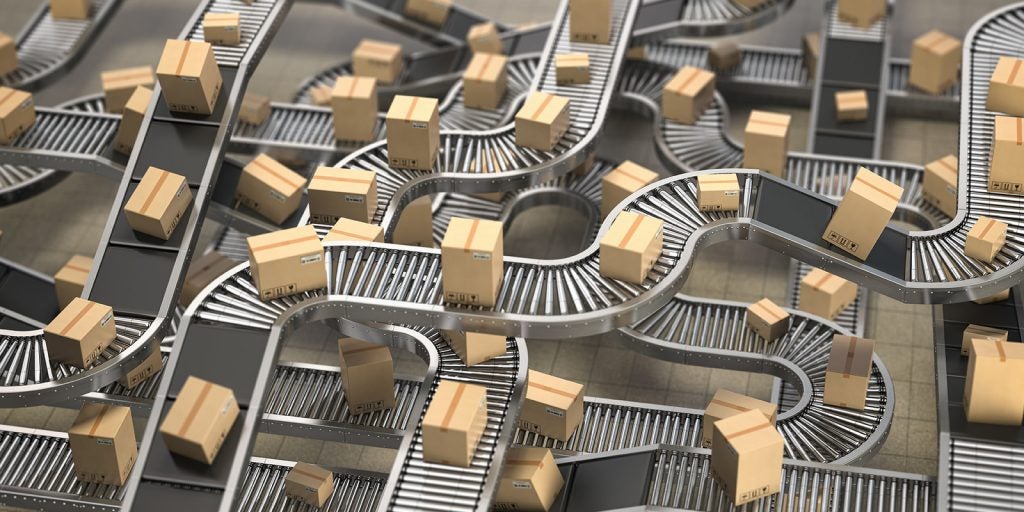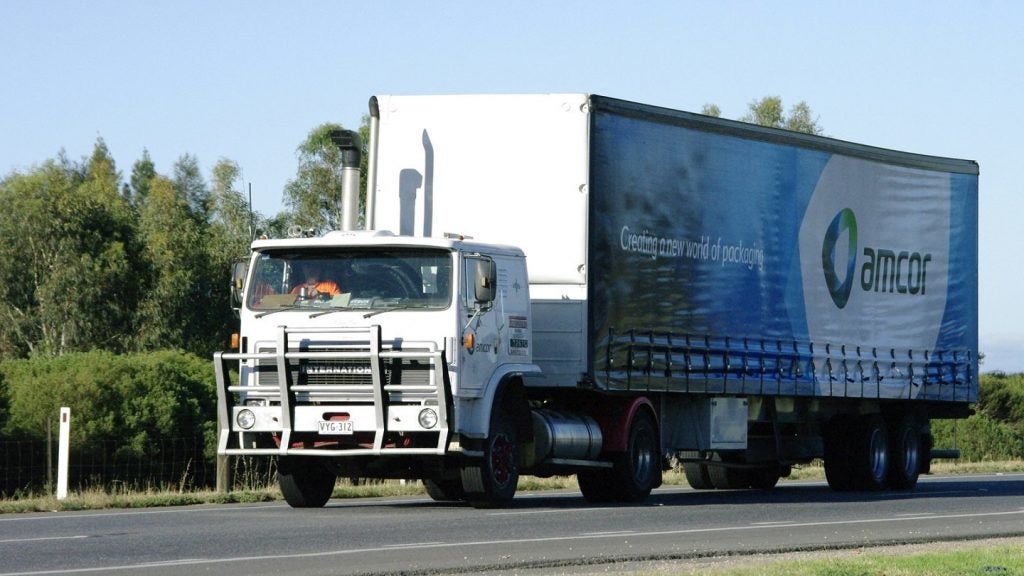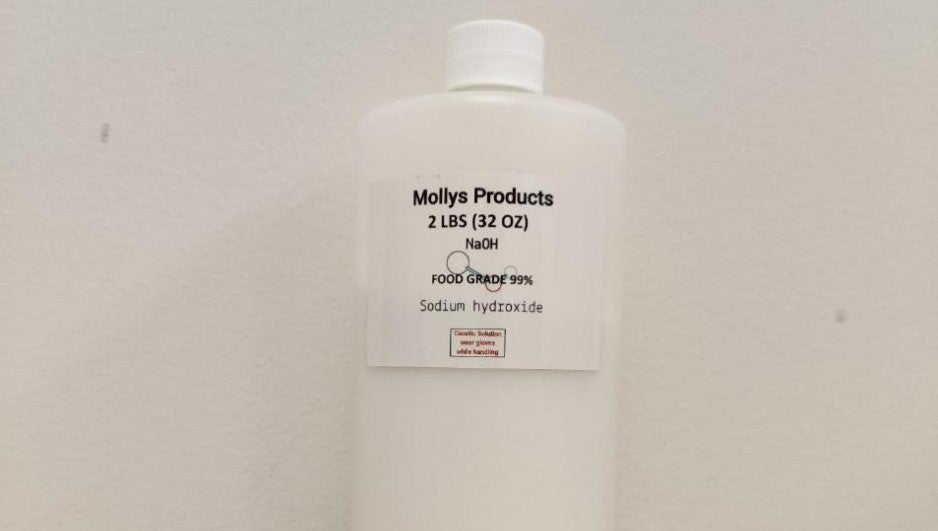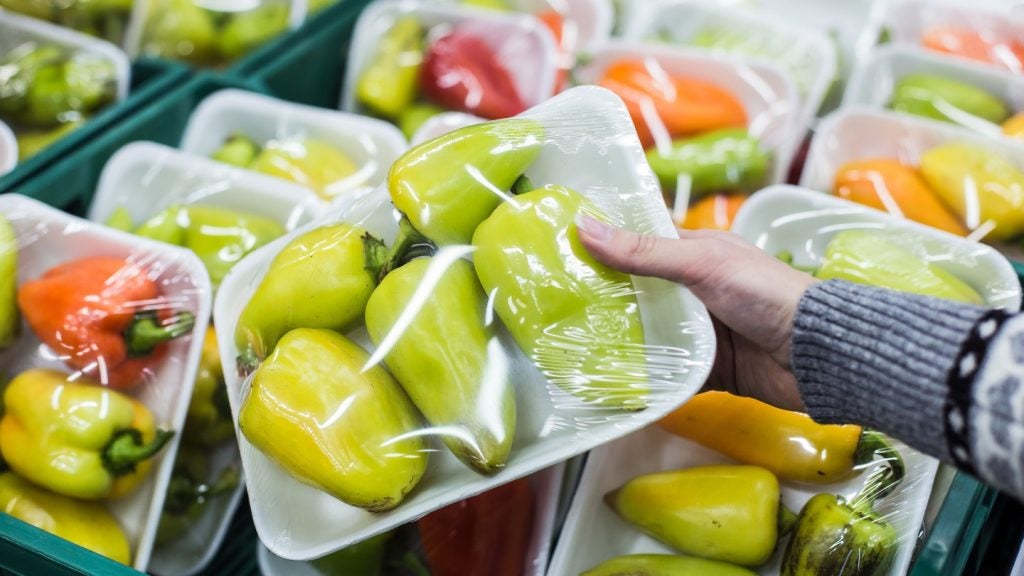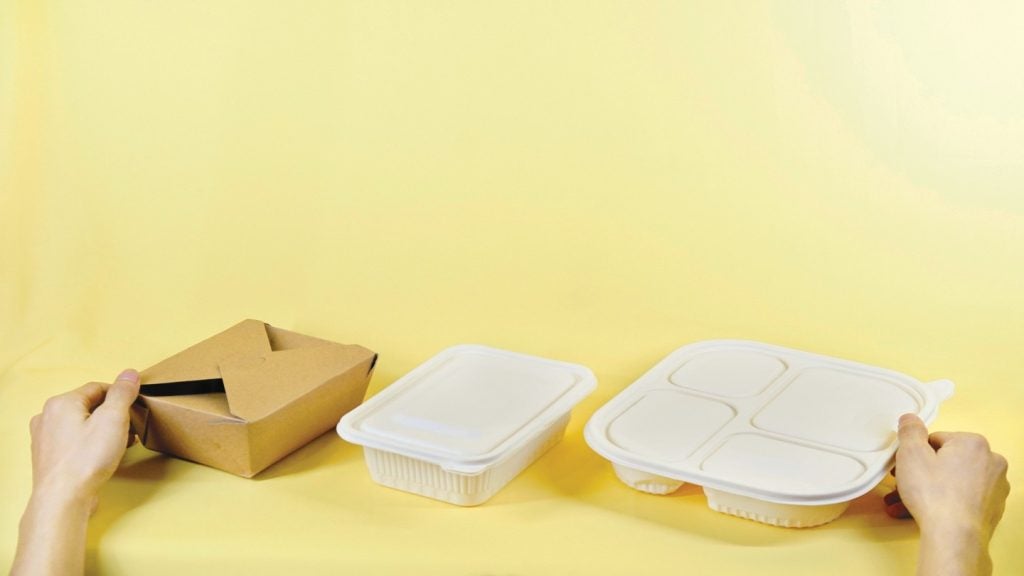Collaborations on product packaging between adhesives manufacturing company HB Fuller and packaging design and manufacturing giant Graphic Packaging demonstrate the necessity of collaboration across the industry value chain.
The US-based companies have worked together on paperboard clip solutions for multipack product packaging and a dog food box featuring HB Fuller’s "Open Sesame" tape, which aims to simplify tear strip packaging.
GlobalData global packaging services director Dominic Cakebread recently hosted a virtual event at which he asked Graphic Packaging International's new global product development director for multipacks Steve Gould, HB Fuller global e-commerce manager Tania Montesi, and global packaging sustainability manager Elizabeth Staab to set out their collaborations and views on the drive for sustainable packaging.
In its 2023 sustainability report, Graphic Packaging stated its focus on setting new science-based climate targets to further minimise its greenhouse gas emissions.
HB Fuller’s sustainability report also highlighted that it is close to achieving its greenhouse gas targets.
HB Fuller's global overview of sustainable packaging
Staab outlined that for companies and retailers producing fast-moving consumer goods, packaging and waste are important issues for the future of their business and to their stakeholders and customers.
She explained: “For materiality assessments, companies are looking at optimised packaging sizes and making sure that the materials and package design are optimised for the contents.”
She also emphasised the significance of recent legislative changes in Europe and the US, which have driven the simplification of materials and a move away from plastics to monomaterials.
In the US, four states have reportedly implemented Extended Producer Responsibility (EPR) and will be working out implementation in the coming years.
Another law being considered in the US is mandating recycled content in packaging. This would hopefully create a secondary market and demand for recycled material that comes back through the infrastructure of collection sorting.
Staab highlighted the philosophy of preventing excess packaging and use of material, ensuring packaging is ready for re-use, recycling, energy recovery and finally disposal, “which we are seeing globally.”
She added that schemes such as EPR need to be well-structured with eco-modulated fees to incentivise packaging producers.
“Achieving sustainable packaging is not that easy," she said, "because over decades we have been developing and optimising packaging for the purposes of convenience for e-commerce.
“So now we must take a step back and say - well, how are we not necessarily going to reverse these developments, but change them so that we are looking at the entire lifecycle of the packaging?”
For packaging to be redesigned, Staab stated that there are several crucial considerations: material changes that are conducive to recycling, investigating touch points across the supply chain, and the customer experience.
But all of this comes with the caveat that “sometimes corporate sustainability goals and packaging goals may be somewhat in conflict.”
A key approach to solving such conflict is collaboration and continuous communication between industry partners.
Adhesives as the glue of the packaging industry
Dominic Cakebread asked HB Fuller global e-commerce manager Tania Montesi about the redesign challenges the company faces as an adhesives manufacturer.
Montesi explained that with an entirely new packaging design, “customers assume that the adhesive will just do its job. But there is a very fine balance in making sure that during each step of the supply chain the adhesive is strong enough and continues to perform under different environments.”
She emphasised that considering the entire lifecycle is what makes the product economically viable.
HB Fuller has been focusing its research and development on multipack bundling solutions. Montesi then highlighted innovations in which adhesives have taken on new functionalities, such as paper straws.
But the issue of making sure that adhesives are compatible with recycling processes is also paramount.
“So one example is that of washing off labels," Montesi went on, "whether on PET bottles or on other rigid plastic containers. The adhesive needs to be functional, but also compliant with regulations coming in in various regions.”
Montesi also brought up carbon emissions, saying that HB Fuller is looking at “how to reduce the carbon in our adhesives, whether that is looking at final base raw materials, recycled raw materials, or carbon capture.
“It is really exciting to be an adhesive formulator in the packaging space today, because there is so much opportunity and change going on right now.”
Graphic Packaging’s plastic reduction goals
Graphic Packaging International's global new product development director for multipacks Steve Gould elaborated on the company’s initiatives for reducing plastic across its operations.
Within its 2025 sustainable initiatives, the company’s focus is on low-density polyethylene (LDPE) plastic in its food service containers and paper cups.
Graphic Packaging is reportedly working closely with HB Fuller on the development of sustainable barrier coatings and is looking at the application of coatings for functionality.
Gould emphasised the challenges around paper cups, which are “the converting, filling, and sealing equipment all being developed over time for LDPE coatings.
“So, we’re working on how we customise existing, converting or production assets to run as efficiently with the coated products.”
For sustainable practices to be implemented across the packaging industry, companies need to collaborate and use their respective areas of expertise to research, develop and produce packaging solutions, as HB Fuller and Graphic Packaging demonstrate.




